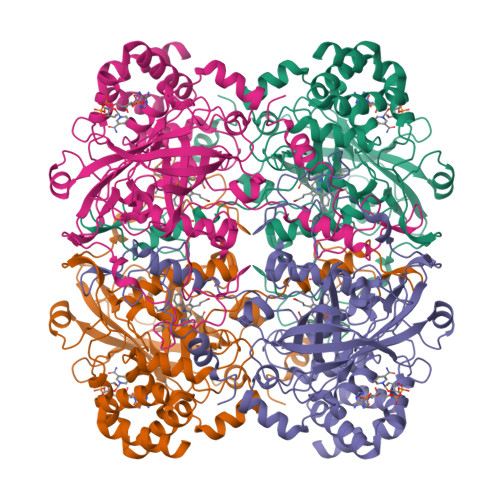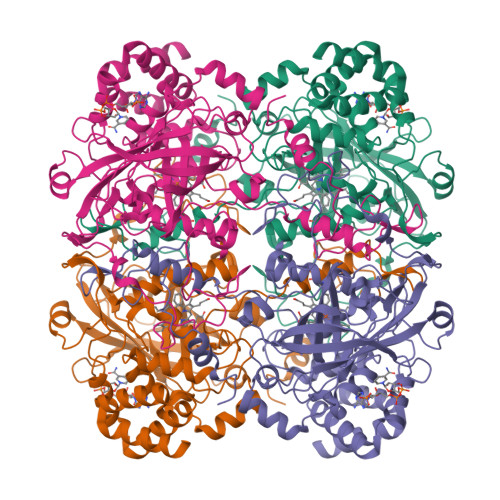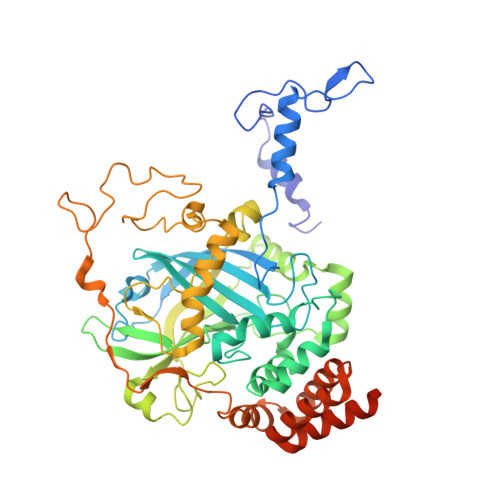Factors affecting macromolecule orientations in thin films formed in cryo-EM.
Yadav, S., Vinothkumar, K.R.(2024) Acta Crystallogr D Struct Biol 80: 535-550
- PubMed: 38935342
- DOI: https://doi.org/10.1107/S2059798324005229
- Primary Citation of Related Structures:
8WV4, 8WV5, 8WV6, 8WZH, 8WZI, 8WZJ, 8WZK, 8WZM - PubMed Abstract:
The formation of a vitrified thin film embedded with randomly oriented macromolecules is an essential prerequisite for cryogenic sample electron microscopy. Most commonly, this is achieved using the plunge-freeze method first described nearly 40 years ago. Although this is a robust method, the behaviour of different macromolecules shows great variation upon freezing and often needs to be optimized to obtain an isotropic, high-resolution reconstruction. For a macromolecule in such a film, the probability of encountering the air-water interface in the time between blotting and freezing and adopting preferred orientations is very high. 3D reconstruction using preferentially oriented particles often leads to anisotropic and uninterpretable maps. Currently, there are no general solutions to this prevalent issue, but several approaches largely focusing on sample preparation with the use of additives and novel grid modifications have been attempted. In this study, the effect of physical and chemical factors on the orientations of macromolecules was investigated through an analysis of selected well studied macromolecules, and important parameters that determine the behaviour of proteins on cryo-EM grids were revealed. These insights highlight the nature of the interactions that cause preferred orientations and can be utilized to systematically address orientation bias for any given macromolecule and to provide a framework to design small-molecule additives to enhance sample stability and behaviour.
Organizational Affiliation:
National Centre for Biological Sciences, Tata Institute of Fundamental Research, GKVK Post, Bellary Road, Bengaluru 560 065, India.


















